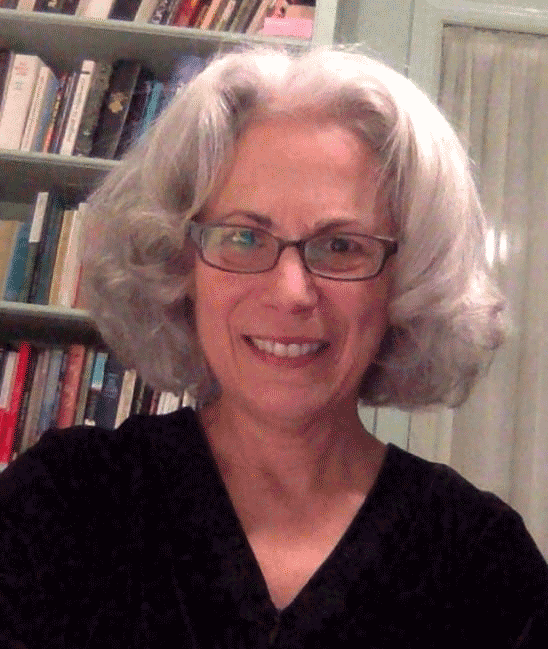*This article is part of Arts Help's Art Theory series.
American materialism pushes consumers to buy an increasing number of products, perhaps instead suggesting an anti-materiality state after further consideration. The sheer volume of the mass procurement of goods obscures the vitality of matter. As the world finds itself in an endless embrace of consumerism, one can find a sense of tranquillity in considering new avenues for materialism to exist within, such as Jane Bennett’s concept of vital materialism in Vibrant Matter: A Political Ecology of Things.

It comes as no surprise that materiality theories often overlook the importance of objects and their essential functions. Acknowledging that humans and things overlap, Vibrant Matter: A Political Ecology of Things pays particular attention to the nonhuman materials that exist in everyday lives and shares how to give a voice to these things and thus their “thing-power.” This idea of thing-power insists that items or objects can and do take action on their terms. This book is one that attempts to give a name to that exact moment of independence.

As a term that does not come up in everyday conversation, “thing-power” is the ability of nonliving things to animate. Through this process, such inanimate things can generate both subtle and dramatic effects. Bodies that are either organic and inorganic can produce thing-power.
Seemingly average objects, including a work glove, oak pollen, a dead rat, a bottle cap, and a stick of wood, command attention in Bennett’s theory by shifting from debris to “thing” again and again during an encounter. This command of attention is how its thing-power begins to provoke effect within an individual. As the materiality of these objects quite literally shimmers and shines, their inner energetic vitality emerges. Rather than reducing them to objects in the staged environment, they have the opportunity to exist as things, and thus as vivid entities.

It is readily understood that humans differentiate things from people. That being said, redefining the human relationship with materials as communicative brings our perception closer to an ecological sensibility. There is an ever-present yearning within this concept of vital materialism to express a more mindful awareness of the outer world. By this, vital materialists hope to treat animals, plants, artifacts, and other such nonhumans, with morality and justice.
While as humans, we are vital players in this world, so too are things. Simply shifting our focus from consumerism to vital materialism, I hope we can begin to create subtle mindfulness about the things we surround ourselves with. Requiring ourselves to really look at the pieces of our environment, we open ourselves up to a concept such as thing-power. Entertaining such an idea, perhaps it is then possible to make ourselves more aware of the complicated connections our consumerist, industrialized world brings.
For more information on Jane Bennett and her work, visit https://politicalscience.jhu.edu/directory/jane-bennett/.
